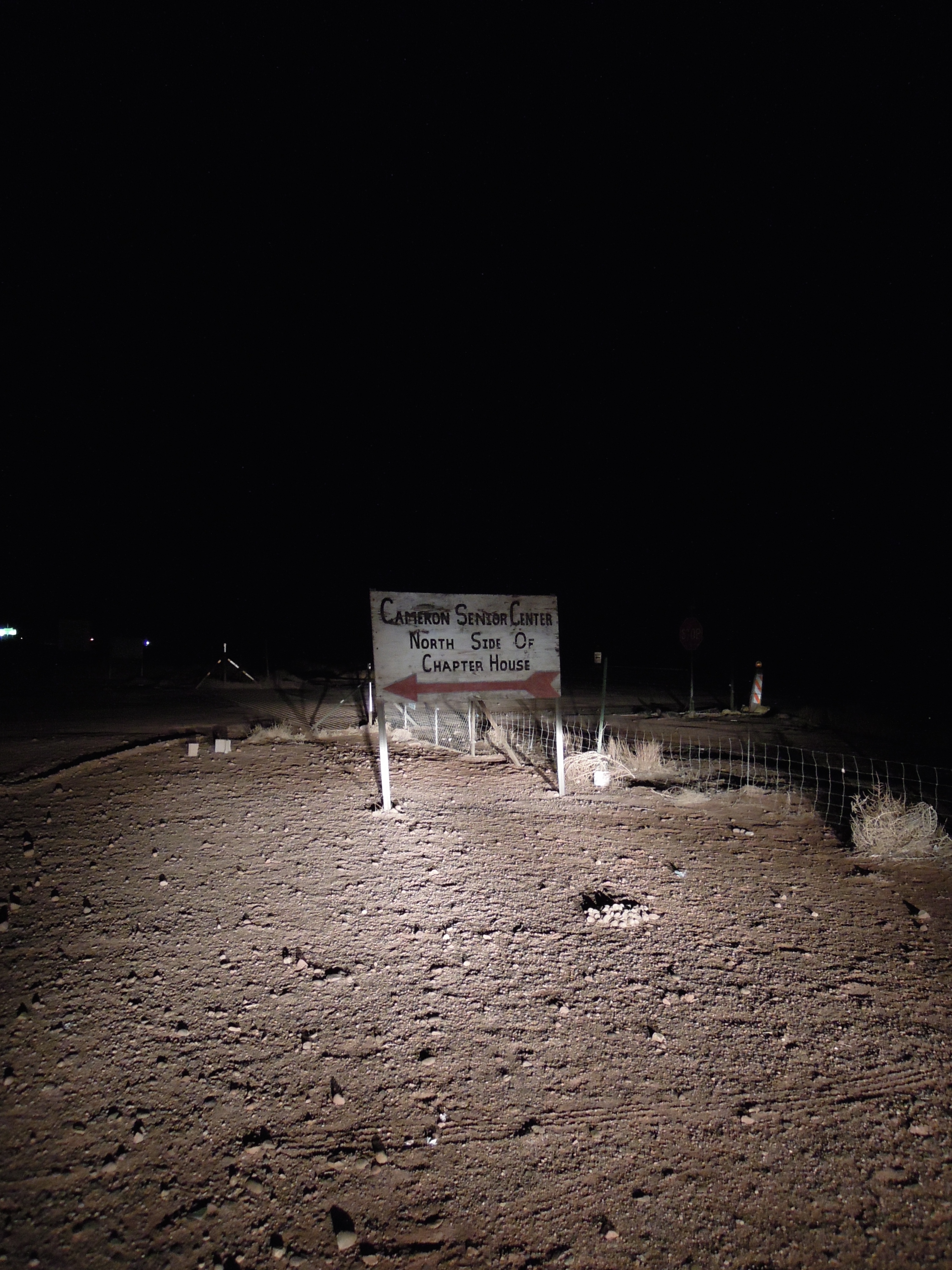Cameron Area Mines
A&B No. 3 AUM
Cameron, AZ
Latitude: 35.8755503
Longitude: -111.4139507
Not far from the Grand Canyon portions of the Navajo Nation are on geologic formations rich in radioactive uranium ores. Beginning in the 1940s, widespread mining and milling of uranium ore for national defense and energy purposes on Navajo tribal lands led to a legacy of abandoned uranium mines (AUMs). The A&B No. 3 AUM (Site) is one of approximately 520 AUMs located on the Navajo Nation. The Site is a reclaimed surface mine covering approximately 22.5 acres located on tribal trust land of the Navajo Indian Reservation. The mine was identified as being operational from 1954 to 1955. While operational, the mine had a total production volume of 586 tons.
During screening assessments, many small waste piles were observed throughout the Site with larger piles sloping towards the Little Colorado River. The gamma radiation measurements collected at the waste piles were found at maximum levels ranging from approximately 40,000 cpm to 640,000 cpm. In comparison, the average measured background gamma radiation activity for the area was 17,198 cpm. Over 50 residential structures are located within ½ mile south of the Site and the closest is within 300 feet of the Site boundary.
The Region IX Emergency Response Section initiated a time-critical removal action in August 2014 to install signage to warn of the nearby hazards and discourage trespass.
The Cameron Area Mines are over 100 abandoned uranium mine (AUM) claims that are located mainly along the Little Colorado River and other areas in Western Navajo Nation. Maps showing locations of the mine claims can be accessed by clicking “images” on this website. These mines were generally operated in the 1950’s through early 1960’s and subsequently abandoned. While the Navajo Nation Abandoned Mine Lands (AML) program addressed many of the physical hazards associated with these mines, a legacy of contamination remains. EPA and Navajo Nation EPA are working to address environmental health hazards associated with these AUMs.
The lands of the Navajo Nation include 27,000 square miles spread over three states in the Four Corners area. The unique geology of these lands makes them rich in uranium, a radioactive ore in high demand after the development of atomic power and weapons at the close of World War II in the 1940s.
From 1944 to 1986, nearly four million tons of uranium ore were extracted from Navajo lands under leases with the Navajo Nation. Many Navajo people worked the mines, often living and raising families in close proximity to the mines and mills.
Today the mines are closed, but a legacy of uranium contamination remains, including over 500 abandoned uranium mines (AUMs) as well as homes and drinking water sources with elevated levels of radiation. Potential health effects include lung cancer from inhalation of radioactive particles, as well as bone cancer and impaired kidney function from exposure to radionuclides in drinking water.
US EPA maintains a strong partnership with the Navajo Nation and, since 1994, the Superfund Program has provided technical assistance and funding to assess potentially contaminated sites and develop a response. In August 2007, the Superfund Program compiled a Comprehensive Database and Atlas assessments of all known uranium mines on the Navajo Nation.
In January 2013, six federal agencies, in consultation with the Navajo Nation, completed a five-year effort to address uranium contamination in the Navajo Nation. The effort focused on the most imminent risks to people living on the Navajo Nation.
Although the legacy of uranium mining is widespread and will take many years to address completely, the collaborative effort of US EPA, other federal agencies and the Navajo Nation will bring an unprecedented level of support and protection for the people at risk from these sites. Much work remains to be done, and US EPA is committed to working with the Navajo Nation to remove the most immediate contamination risks and to find permanent solutions to the remaining contamination on Navajo lands.
